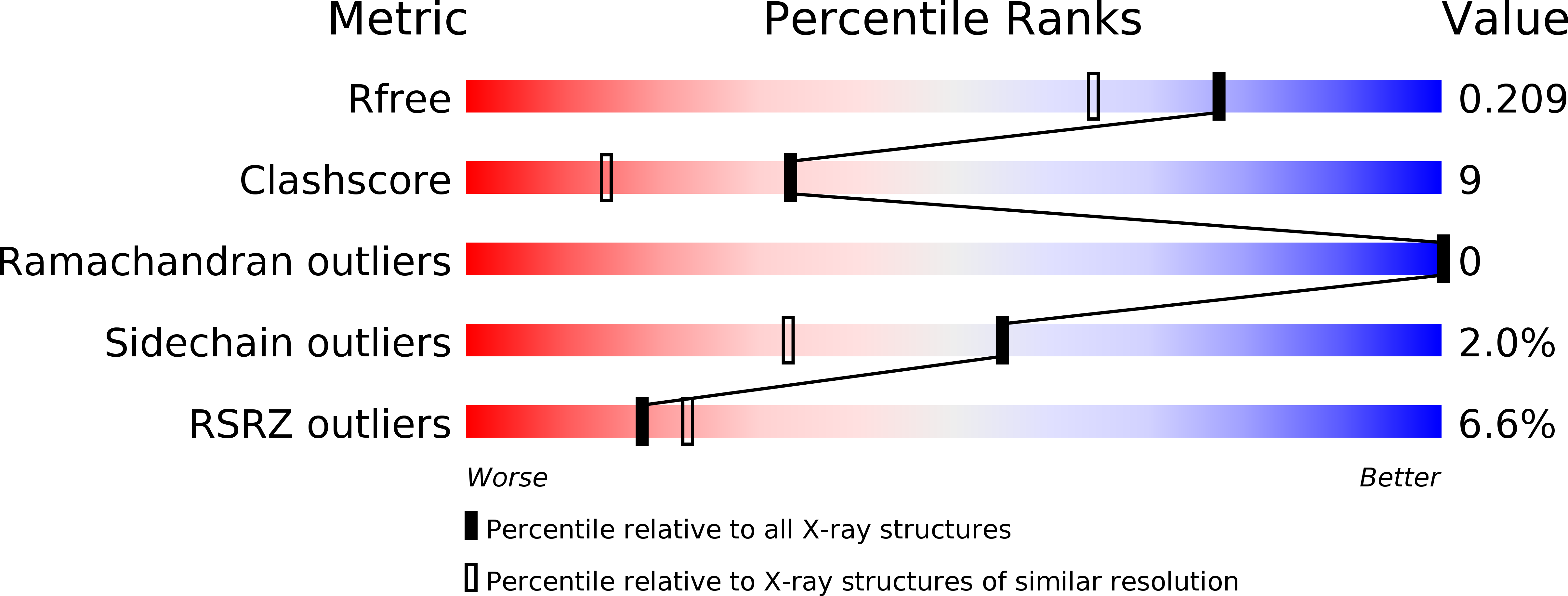Abstact
Undecaprenyl pyrophosphate synthase (UPPs) catalyzes chain elongation of farnesyl pyrophosphate (FPP) to undecaprenyl pyrophosphate (UPP) via condensation with eight isopentenyl pyrophosphates (IPP). UPPs from Escherichia coli is a dimer, and each subunit consists of 253 amino acid residues. The chain length of the product is modulated by a hydrophobic active site tunnel. In this paper, the crystal structure of E. coli UPPs was refined to 1.73 A resolution, which showed bound sulfate and magnesium ions as well as Triton X-100 molecules. The amino acid residues 72-82, which encompass an essential catalytic loop not seen in the previous apoenzyme structure (Ko, T.-P., Chen, Y. K., Robinson, H., Tsai, P. C., Gao, Y.-G., Chen, A. P.-C., Wang, A. H.-J., and Liang, P.-H. (2001) J. Biol. Chem. 276, 47474-47482), also became visible in one subunit. The sulfate ions suggest locations of the pyrophosphate groups of FPP and IPP in the active site. The Mg2+ is chelated by His-199 and Glu-213 from different subunits and possibly plays a structural rather than catalytic role. However, the metal ion is near the IPP-binding site, and double mutation of His-199 and Glu-213 to alanines showed a remarkable increase of Km value for IPP. Inside the tunnel, one Triton surrounds the top portion of the tunnel, and the other occupies the bottom part. These two Triton molecules may mimic the hydrocarbon moiety of the UPP product in the active site. Kinetic analysis indicated that a high concentration (>1%) of Triton inhibits the enzyme activity.



